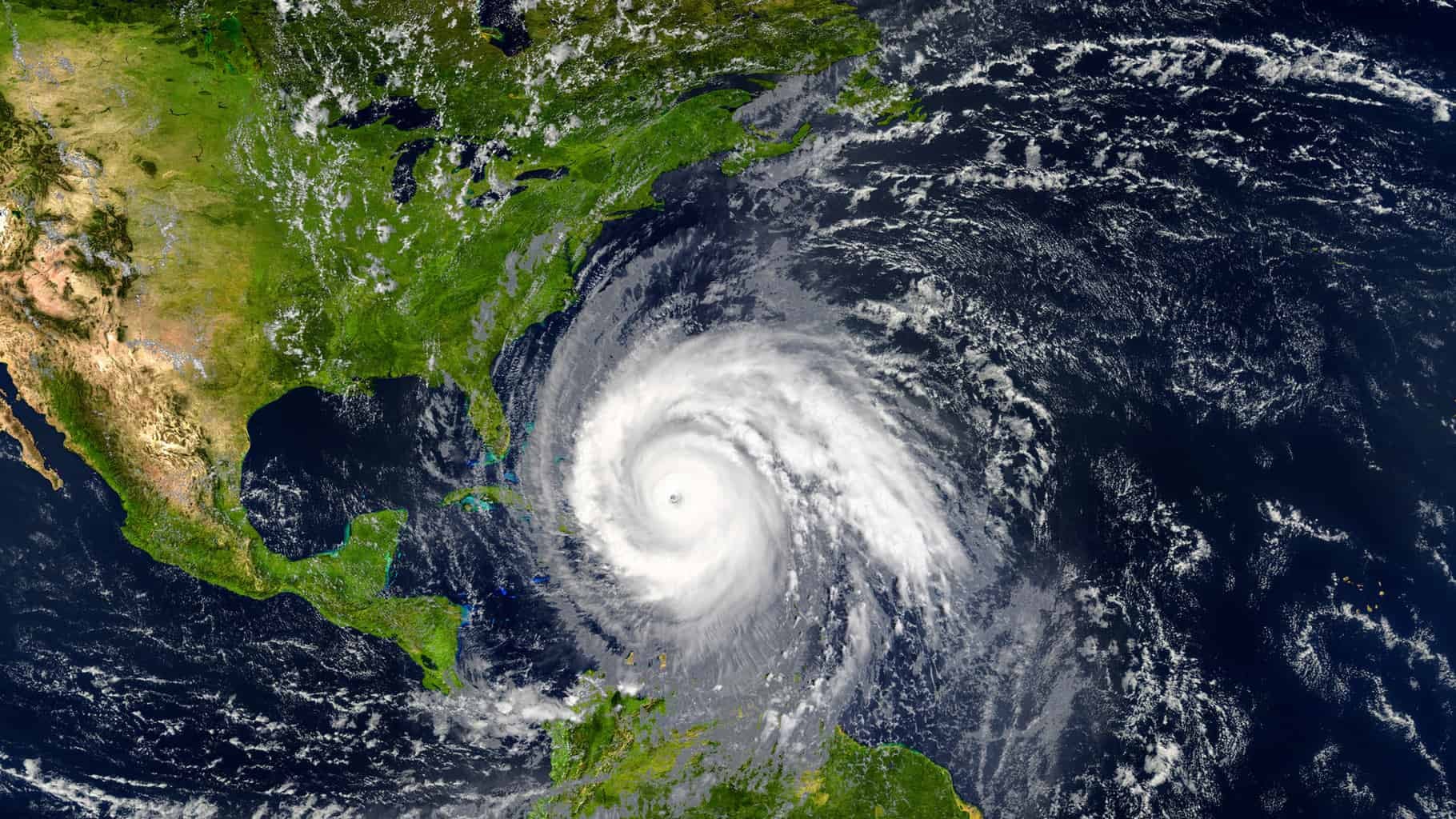FreightWaves features Market Voices – a forum for voices with unique knowledge of numerous transportation/logistics/supply chain sectors, as well as other critical expertise.
Over the course of the past week or so there have been warnings about flooding in Louisiana, and specifically in New Orleans each time I have had time to turn on the news for a few minutes. I first noticed that there was something afoot when we got an alert from FreightWaves SONAR’s critical events. As I have kept one eye on the news coverage of Hurricane Barry, I can’t help being reminded about Hurricane Katrina and the destruction she wrought on New Orleans in particular, and the state of Louisiana in general.
That got me wondering about the position that the State of Louisiana, and the City of New Orleans occupy in the United States’ supply chain logistics and freight landscape. It also got me wondering if these cycles of destruction and rebuilding are inevitable.

Ten things I didn’t know about Louisiana – the supply chain logistics and freight edition
- According to World Port Source Louisiana has 30 ports. On further examination of the list, I noticed that The Port of South Louisiana is listed under several cities and towns. The Port of South Louisiana is a river port.
- The Port of South Louisiana extends 54 miles along the Mississippi River, starting near the New Orleans International Airport. (Source: Port of South Louisiana)
- The Port of South Louisiana handles over 50 percent of all annual grain exports, making it the largest grain port in the United States. (Source: Port of South Louisiana)
- The Port of South Louisiana handles more tonnage than any other port in North America. (Source: Profiles of Top U.S. Agricultural Ports)
- The Port of New Orleans is a deepwater port located at the junction of the Mississippi River and the Gulf of Mexico. This location gives it access to more than 30 major inland hubs via waterways, railroads and the interstate highway system. It is particularly well-suited for overweight and oversized cargo because of the easy access to inland waterways and railroads. (Source: Port of New Orleans and AMERICA’S NICHE PORTS From San Diego To Albany, The Ports Suited For Specialty Cargo)
- The Port of New Orleans serves as a crucial transit point for bulk cargo heading across the Gulf of Mexico, the Caribbean Sea, the Atlantic Ocean and the Panama Canal. (Source: Profiles of Top U.S. Agricultural Ports)
- Louisiana accounts for 7 percent and 8 percent of total U.S. gas production and total U.S. gas reserves respectively. This makes it one of the top-five gas-producing states. (Source: U.S. Energy Information Administration)
- Louisiana has 13 oil refineries. Together they account for approximately 20 percent of all U.S. refining capacity. They can process about 3.3 million barrels of crude oil per day. (Source: U.S. Energy Information Administration)
- Approximately 20 percent of U.S. coal exports go through the Port of New Orleans, making it the third-largest among coal exporting ports in the nation. (Source: U.S. Energy Information Administration)
- The U.S. Strategic Petroleum Reserve has four storage sites. Two of those sites are in Louisiana. Altogether the four sites can hold more than 700 million barrels of oil. The sites in Louisiana hold about 270 million barrels. (Source: U.S. Energy Information Administration)
As you can see, Louisiana occupies an important position in the United States’ supply chain and freight landscape. Farmers in the Midwest rely on ports in Louisiana to export their grain to the rest of the world. Conditions would deteriorate quickly if Louisiana were cut off from energy supply chains to the rest of the United States for an extended period. I am certain there are other equally important issues I am failing to capture, but you get the idea.
The next question that then arises is the one I raised earlier – are these cycles of destruction and rebuilding along Louisiana’s major ports due to hurricanes like Katrina and Barry inevitable? The damage to supply chain and freight infrastructure makes this an important question to answer. However, the cost in anguish and suffering that people experience each time there’s a hurricane makes this even more urgent.
What can we learn from the Dutch?
As a secondary school student studying geography for the West African Examinations Council General Certificate of Education Ordinary Level Exams, I remember studying about how much of the Netherlands lies below sea level (roughly 50 percent) and how the Dutch were developing techniques to prevent flooding. Much of the country is only a few feet higher in elevation. After a long history of devastating floods, the Dutch have become expert at figuring out how to co-exist with the reality of periodic and regular episodes of flooding.
In a June 30, 2017 interview with Living on Earth, Chris Zevenbergen, Professor of Flood Resilience of Urban Systems at IHE Delft Institute for Water Education in Delft, the Netherlands, says that urban areas should prepare for three types of flood risks:
- First – storms from seas and oceans, and storm surges.
- Second – floods coming from inland waterways like rivers and lakes.
- Third – floods caused by uncharacteristically heavy rainfall.
He goes on to point out that Dutch engineers have come to accept that they cannot control nature. Instead, they have adopted a containment approach that facilitates socioeconomic development while accounting for the uncertainties that accompany a changing climate. They assume that flood prevention measures will fail, and they’ve designed and engineered containment measures with that scenario in mind.
However, the statement in the interview that really caught my attention is this one: According to Professor Zevenbergen; “The World Bank has estimated that investing $1 in flood protection will save $7 to $10 in flood damage.”
So, we are back where we started: Are these cycles of destruction and rebuilding along Louisiana’s coastline due to hurricanes like Katrina and Barry inevitable?












lyme disease images
UC